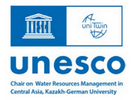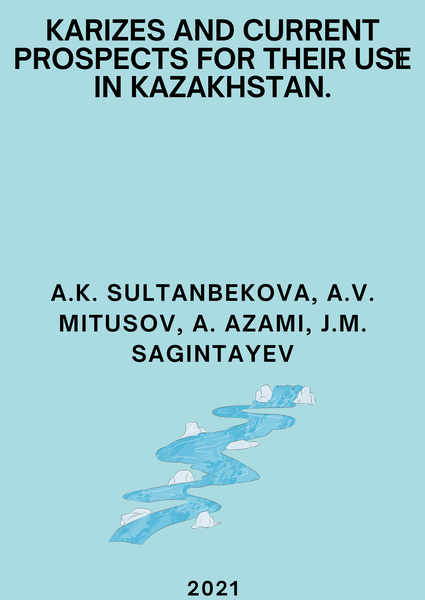




Year: 2021
Collections: Research Paper
Topics: Irrigation
Authors: Mitusov A., Sultanbekova A.K., Sagintayev J.M., Azami A.
Countries: Kazakhstan
Source: Central Asian Journal of Water Research
Downloads:
The kariz (karez, qanat) represent one of the ancient water supply systems in arid zones. Natural collection of groundwater coming down from the mountains and its transportation to irrigated fields is the main advantage of the kariz systems. This article aims to introduce into the community of Central Asian hydrologists, hydrogeologists, and farmers the idea of the possibility of applying the kariz technologies and constructing them based on the experiences of neighboring countries and the ancient settlement of Sauran (Turkestan Region, Kazakhstan). Satellite imagery allowed identifying 3 (three) karizes around Sauran. The subsequent geomorphological analyses of the digital elevation model was carried out using the specialized ECO GIS-software. Further on, the maximum catchment areas (MCA) of mother wells (kariz beginning) were calculated. As the result, it was revealed that the target karizes themselves were located in the areas with low MCA. However, the mother wells were located in close proximity to the areas with high MCAs. 300 hectares was enough to collect groundwater to feed the entire irrigation system in ancient times. Modern examples from neighboring countries and the archaeological sites on the territory of Kazakhstan prove the possibility of using the kariz technology in current conditions. The introduction of this practice will allow introducing the foothill land in Southern Kazakhstan into agricultural circulation, as well as eliminating water losses due to evaporation during storage and transportation.
По всем вопросам сотрудничества обращайтесь по эл.адресу или телефону: